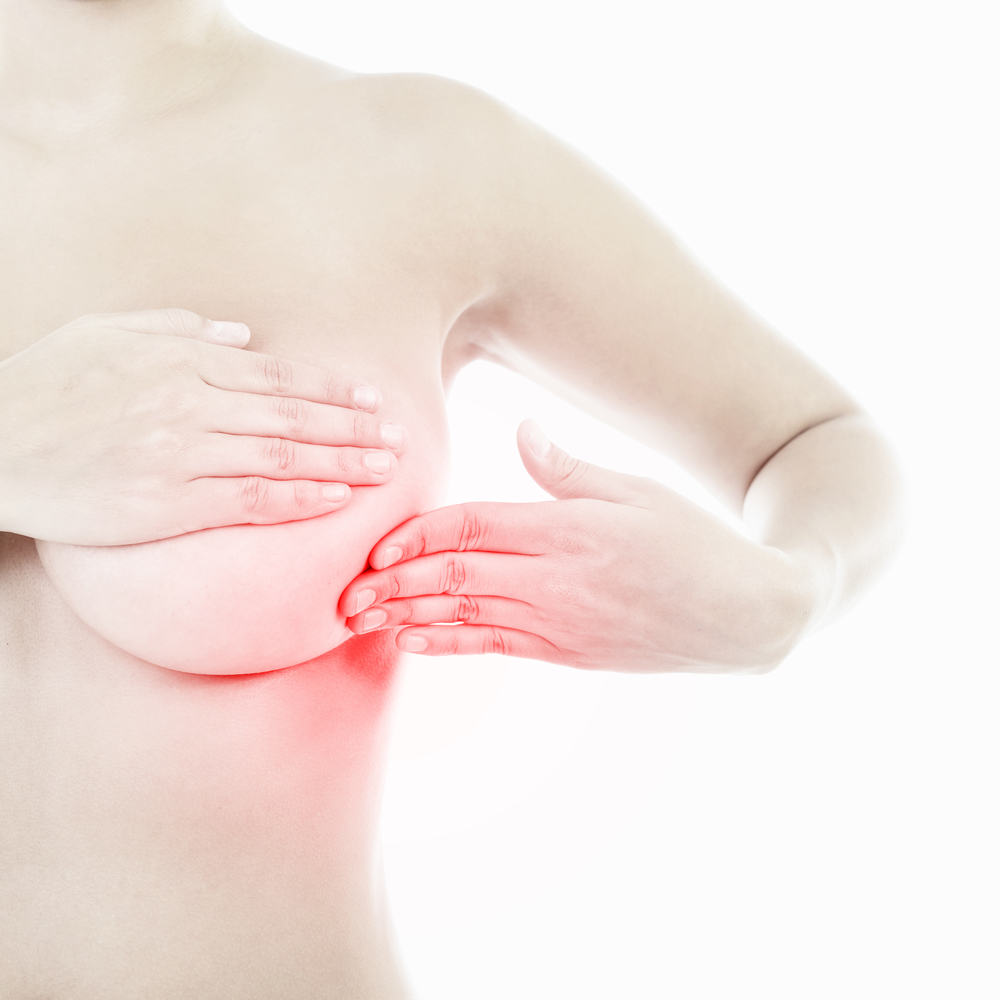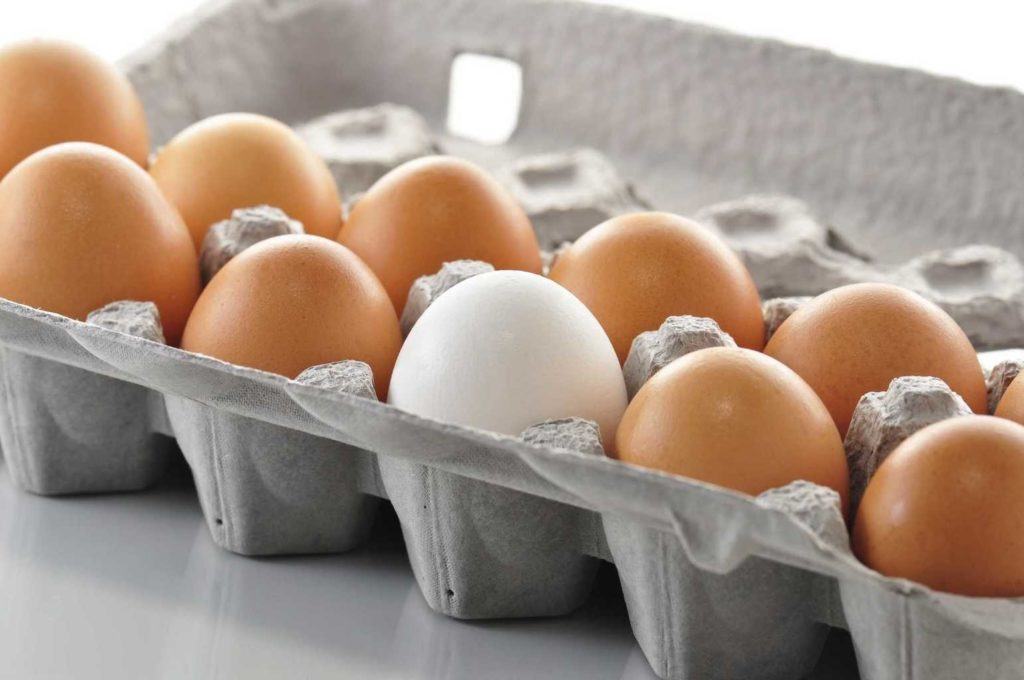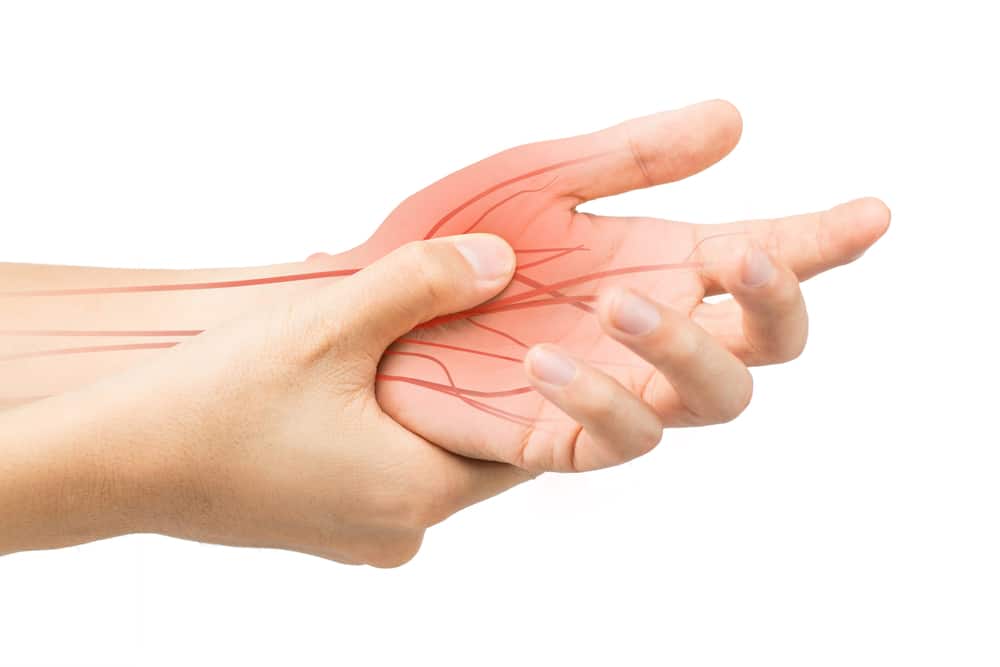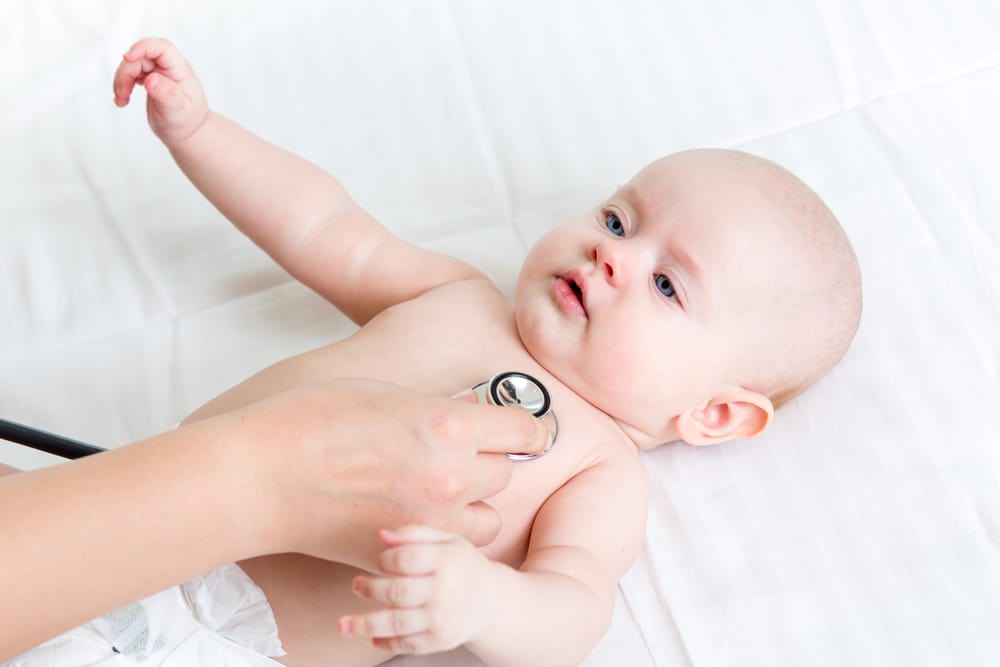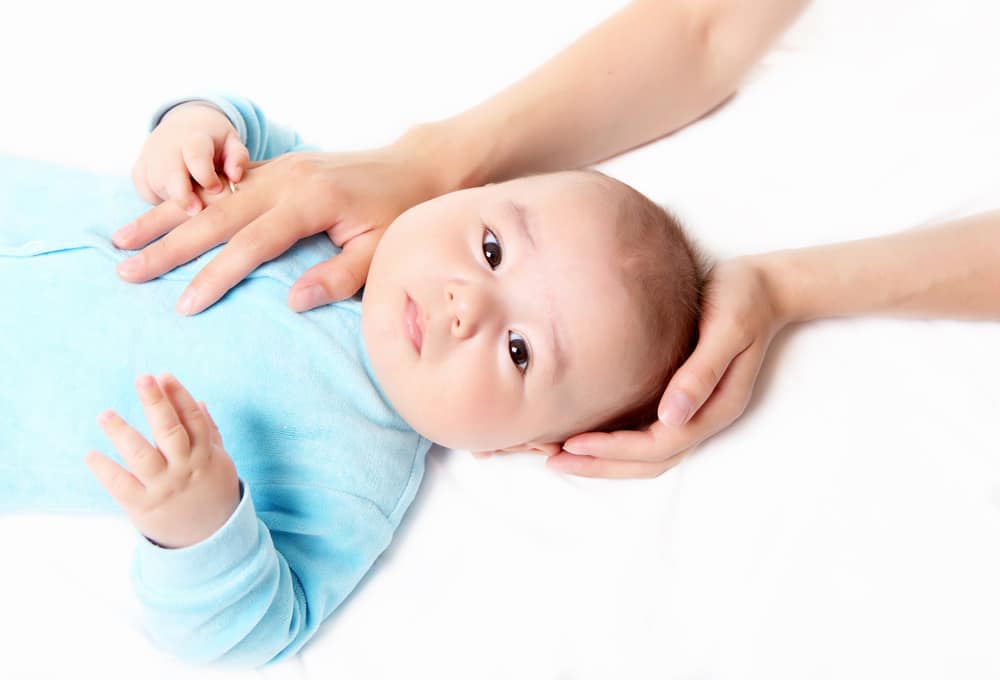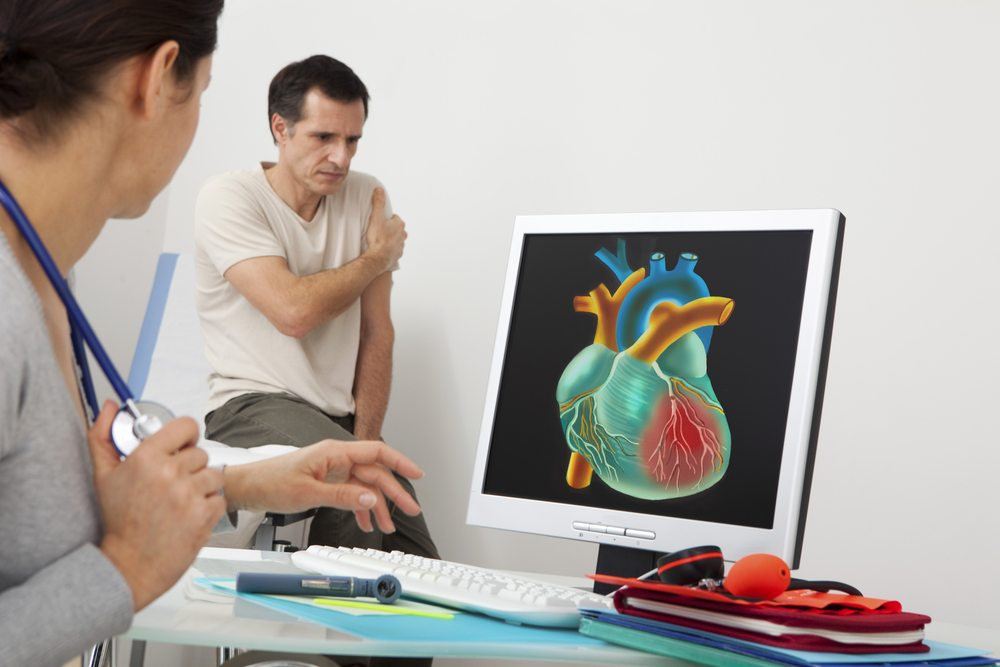Contents:
- Medical Video: Are All The Lumps In The Breast Cancerous? - Manipal Hospital
- 1. Fibrocystic abnormalities
- 2. Fibrosis
- 3. Cysts
- 4. Fibroadenoma
- 5. Intraductal papilloma
- How do you know if my breast lump is cancerous or not?
Medical Video: Are All The Lumps In The Breast Cancerous? - Manipal Hospital
Finding a lump in the breast can be a nightmare for women. However, don't hurry to panic first. Know that not all breast lumps are a symptom of breast cancer. Some lumps in the breast can also be benign tumors that tend to be harmless.
When doing BSE (Check Your Own Breast) and find a lump, note some of the characteristics of lumps in the breast abnormality below:
1. Fibrocystic abnormalities
Most breast lumps are fibrosis or cysts which are abnormal changes in breast tissue and are not malignant or non-cancerous.
These changes are commonly called fibrocystic breast changes and are usually detected because of a breast lump, pain, or even swelling in the breast. These symptoms usually get worse with the start of a woman's menstrual period.
Lumps that feel in the breast may be more than one and sometimes from the nipple will come out a little cloudy colored liquid. This situation tends to be common in women of childbearing age and can occur in one breast or in both breasts.
2. Fibrosis
This tissue is almost similar to wound tissue. If touched, fibrosis in the breast will feel thick, dense and hard. This disorder will not cause or develop into breast cancer. Research regarding the increased risk of breast cancer in those who suffer from fibrocystic disorders has mixed conclusions.
Some say that if you have a fibrocystic disorder, the risk of breast cancer in the future will increase, but there are also those who claim that having fibrocystic disorders will not increase the risk of breast cancer.
3. Cysts
Cysts are fluid-filled sacs. The existence of a cyst is usually only detected when its size has enlarged or called (macro cyst) where the size reaches 2.5-5 cm. At this stage you can already feel a lump in the breast.
Cysts tend to enlarge and become soft when approaching the menstrual period. Breast cyst lumps are usually round or oval and easily moved or moved when touched, like touching marbles. But lumps of cysts and other solid lumps are difficult to distinguish.
Further examination is needed to get accurate data on whether the lump is really a cyst. Just like fibrosis, cysts also do not increase your risk of breast cancer.
4. Fibroadenoma
Is one type of benign tumor that is most often experienced by women. Its characteristics are able to be moved or moved around. If pressed, the lump will feel solid or solid, round or oval, and springy. Usually this breast lump also causes no pain when pressed.
Fibroadenoma is usually experienced by those aged 20-30 years and African-American races tend to have a higher risk of developing fibroadenoma later in life. In addition, fibroadenoma lumps usually also tend to require a long time to increase but it is not impossible that the size will become very large (or called giant fibroadenoma).
Fibroadenomas will not develop into cancer, and like fibrosis and cysts, studies related to whether fibroadenoma can increase the risk of developing breast cancer in the future still do not provide a definitive answer.
5. Intraductal papilloma
Is a benign, non-cancerous tumor that forms in the mammary gland. Usually the intraductal papilloma is palpable in the form of a large enough lump that is located close to the nipple, or it can also be in the form of several small lumps located far from the nipple.
The size of this tumor lumps ranges from 1-2 cm, can be larger or even smaller depending on where the lump grows. Formed from glands, fibrous cells and blood vessels, intraductal papilloma is more common in those aged 35 to 55 years.
If the intraductal papilloma consists of only one lump and is close to the nipple, this condition is usually not associated with an increased risk of breast cancer.
However, multiple more than one multiple papillomas and scattered in the breast far from the nipple can increase your risk of breast cancer later on. This is because of multiple papillomas often associated with a pre-cancerous condition called atypical hyperplasia.
How do you know if my breast lump is cancerous or not?
Based on the explanation above, it can be concluded that usually benign and harmless breast lumps have the following characteristics:
- tend to be easily moved or shifted when touched
- have clear limits
- oval or round shape (usually feels like marbles)
- activity tends to follow the menstrual cycle
- can be painful or not at all
- slow growth
For a clearer diagnosis, of course you are advised to see a doctor. Further tests (such as ultrasound and mammography) may be needed and will provide more accurate results regarding lumps in your breast.

